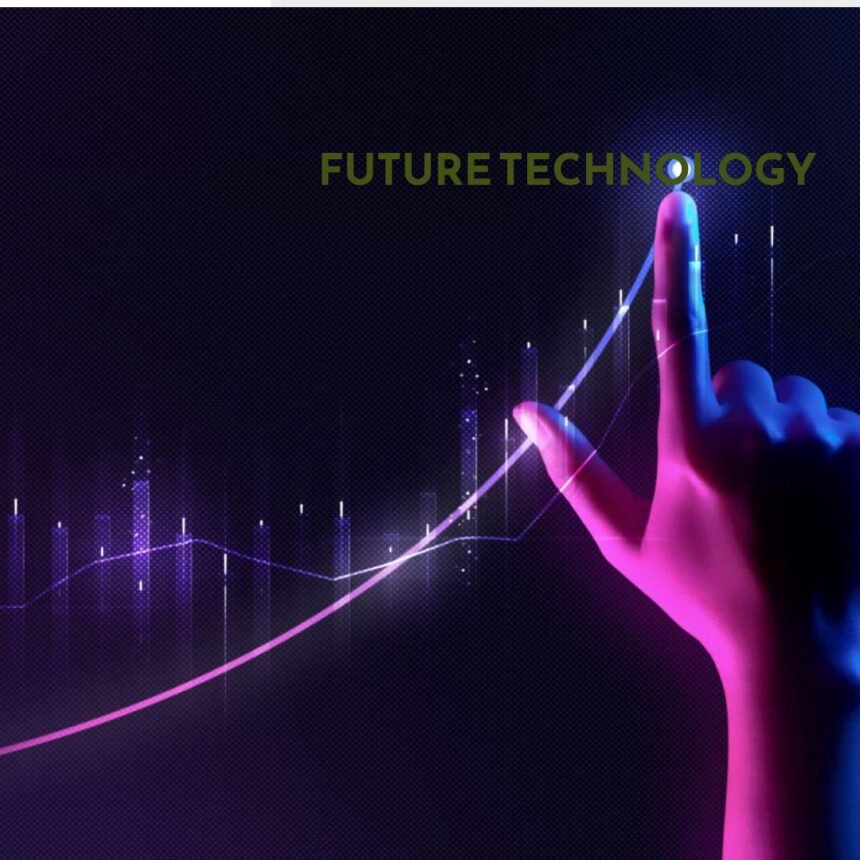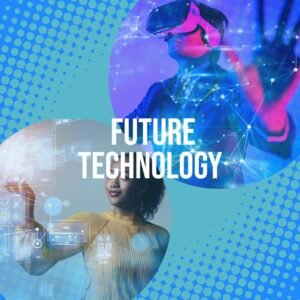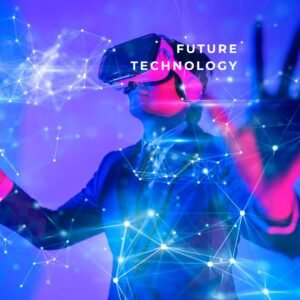Technology in Modern Education
Technology has revolutionised almost every aspect of our lives, including how we learn. With the advent of smartphones, tablets, and laptops, students can access a wealth of information at their fingertips. Technology has made learning more accessible for students, creating new opportunities for educators to teach. In this article, we will discuss how technology is revolutionising our learning.
1. Personalised Learning
One of the most significant advantages of technology in education is the ability to personalise learning. With technology, teachers can create customised learning plans based on each student’s needs. This approach allows students to learn at their own pace and style. Students who struggle can receive extra attention, while those who excel can be challenged with more advanced material. Personalised learning ensures that every student gets the support they need to succeed.
2. Access to Information
Technology has made it easier for students to access information in the modern education system. With the internet, students can find information on any subject anytime. This allows students to learn beyond the classroom and to explore their interests. Online resources such as videos, tutorials, and e-books have made learning more engaging and interactive.
In today’s digital era, access to information is a cornerstone of effective learning. Technology has revolutionised education, granting students and educators unprecedented access to knowledge. From online libraries and databases to interactive e-books and video lectures, learners can effortlessly explore diverse resources. However, discerning reliable and accurate information remains critical. Educators are pivotal in guiding students on source evaluation, fact-checking, and cultivating critical thinking skills. In this dynamic landscape, information literacy is paramount for successful learning outcomes.
Also Read: Unleashing the Creative Potential of Virtual Reality Technology
3. Collaborative Learning
Technology has also made it easier for students to collaborate. Students can collaborate on projects and assignments with online tools such as Google Docs and Slack. This encourages teamwork and helps students develop critical social skills. Collaborative learning also helps students learn from each other and can lead to a deeper understanding of the subject matter.
4. Gamification
Gamification is the use of game design elements in non-game contexts. In this modern education, gamification has made learning more engaging and fun. Educational games and simulations can help students understand complex concepts more interactively and memorably. Gamification also encourages students to take ownership of their learning and can motivate them to achieve their academic goals.
5. Distance Learning
Distance learning has become more prevalent in recent years, thanks to technology. Online classes and webinars have allowed students to learn from anywhere, opening up new opportunities for students who live in remote areas or who have busy schedules. Distance learning also allows students to learn at their own pace and on their schedule.
6. Virtual Reality
Virtual reality is a technology that allows users to experience a simulated environment in modern education. In education, virtual reality can be used to create immersive learning experiences. For example, students can tour historical sites virtually or explore the human body in 3D. Virtual reality can make learning more engaging and help students better understand complex concepts.
7. Artificial Intelligence
Artificial intelligence (AI) refers to a technology that enables machines to perform tasks that typically require human intelligence, such as learning, reasoning, and decision-making. In the field of education, AI has the potential to revolutionise the way we teach and learn. By analysing student behaviour and performance data, AI-powered systems can personalise the learning experience for each student, providing them with tailored content and feedback that meets their individual needs.
One example of how AI can be used in education is by developing AI-powered tutoring systems. These systems use machine learning algorithms to adapt to each student’s learning style and pace. The system can provide targeted feedback and guidance by analysing data on their progress and performance, helping students master complex concepts and achieve their learning goals.
Another way AI can be used in education is through assignment grading. With the help of machine learning algorithms, AI-powered grading systems can quickly and accurately grade student work, providing real-time feedback that can help students improve their performance. This can save teachers significant time and enable them to focus more on teaching and providing personalised support to their students.
Overall, AI has the potential to transform the way we teach and learn, making education more personalised, efficient, and effective. By harnessing the power of machine learning and data analysis, we can provide students with the support, guidance, and feedback they need to reach their full potential.

Conclusion
Technology has revolutionised learning, making it more personalised, engaging, and accessible. With technology, educators can create customised learning plans, provide access to information, encourage collaboration, gamify learning, offer distance learning opportunities, and use virtual reality and artificial intelligence to enhance the learning experience. As technology continues to evolve, we can expect even more exciting developments in the world of education.





